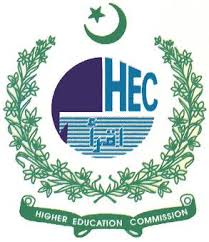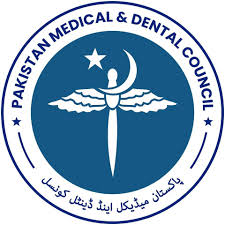Serum free testosterone levels in polycystic ovarian syndrome patients and its correlation with clinical hyperandrogenism in Pakistan
DOI:
https://doi.org/10.37018/fjfl1810Keywords:
Polycystic ovarian syndrome, Hyperandrogenism, Free testosteroneAbstract
Background: Polycystic ovary syndrome (PCOS) is the most frequent pathology among women of reproductive age characterized by menstrual irregularities, hyperandrogenism and polycystic ovaries on ultrasound. Evidence suggests that high androgen levels are the fundamental factor in the pathogenesis of PCOS. The objectives of the present study was to determine serum free testosterone levels in polycystic ovarian syndrome patients, and observe its correlation with clinical hyperandrogenism.
Patients and methods: This cross-sectional study was conducted at Jinnah Allama Iqbal Institute of Diabetes and Endocrinology Lahore, Pakistan from 15th May 2019 to 15th November 2019. The study included 140 patients of PCOS diagnosed as per Rotterdam criteria. Serum testosterone levels were determined in these patients by ELISA method. Ferriman-Gallwey (FG) score was used to assess severity of clinical hyperandrogenism in the form of hirsutism. Patients were categorized into three groups, mild (FG score 8-15), moderate (FG score 15-25) and severe (FG score >25). Correlation between clinical (hirsutism) and biochemical hyperandrogenism (serum free testosterone levels) was assessed using Fisher exact test. Data was analyzed using SPSS version 25.
Results: Biochemical hyperandrogenism in the form of raised free testosterone levels was present in 46 (32.9%) PCOS patients. Out of 12 patients having Ferriman Gallwey score >25, 10 (83.3%) had biochemical hyperandrogenism. Out of 70 patients having Ferriman Gallwey score 15-25, 22 (31.4%) had biochemical hyperandrogenism whereas out of 58 patients having Ferriman Gallwey score 8-15, only 14 (24.1%) patients had biochemical hyperandrogenism.
Conclusion: Prevalence of biochemical hyperandrogenism in PCOS patients in our studied population was significantly low when compared to the population studied worldwide making it less reliable as diagnostic tool in this part of the world. Also there was significant positive correlation between free testosterone levels and degree of hirsutism which means that diagnostic accuracy of free testosterone in PCOS patients is considerably high in those having clinical hyperandrogenism.
Downloads
Published
How to Cite
Issue
Section
License
The Journal of Fatima Jinnah Medical University follows the Attribution Creative Commons-Non commercial (CC BY-NC) license which allows the users to copy and redistribute the material in any medium or format, remix, transform and build upon the material. The users must give credit to the source and indicate, provide a link to the license, and indicate if changes were made. However, the CC By-NC license restricts the use of material for commercial purposes. For further details about the license please check the Creative Commons website. The editorial board of JFJMU strives hard for the authenticity and accuracy of the material published in the journal. However, findings and statements are views of the authors and do not necessarily represent views of the Editorial Board.

















